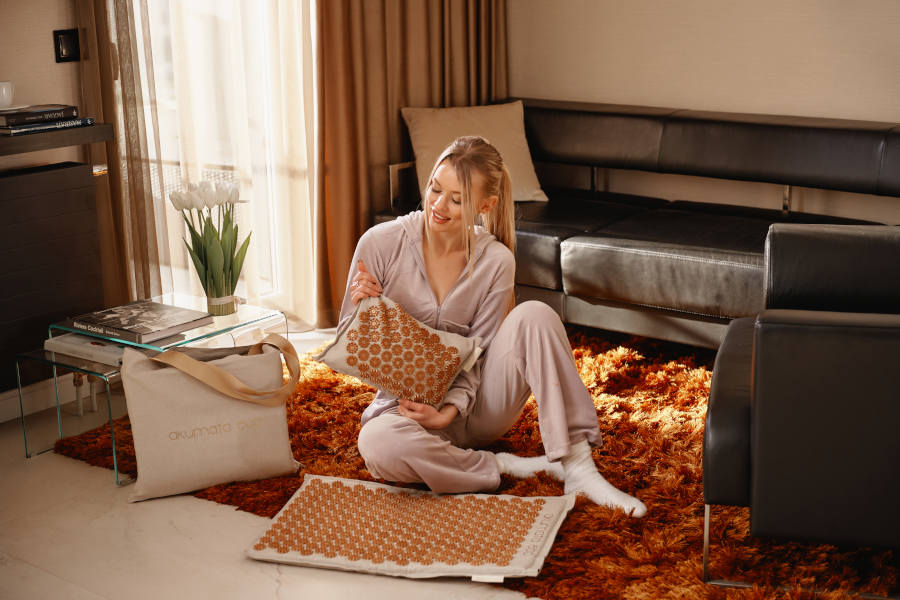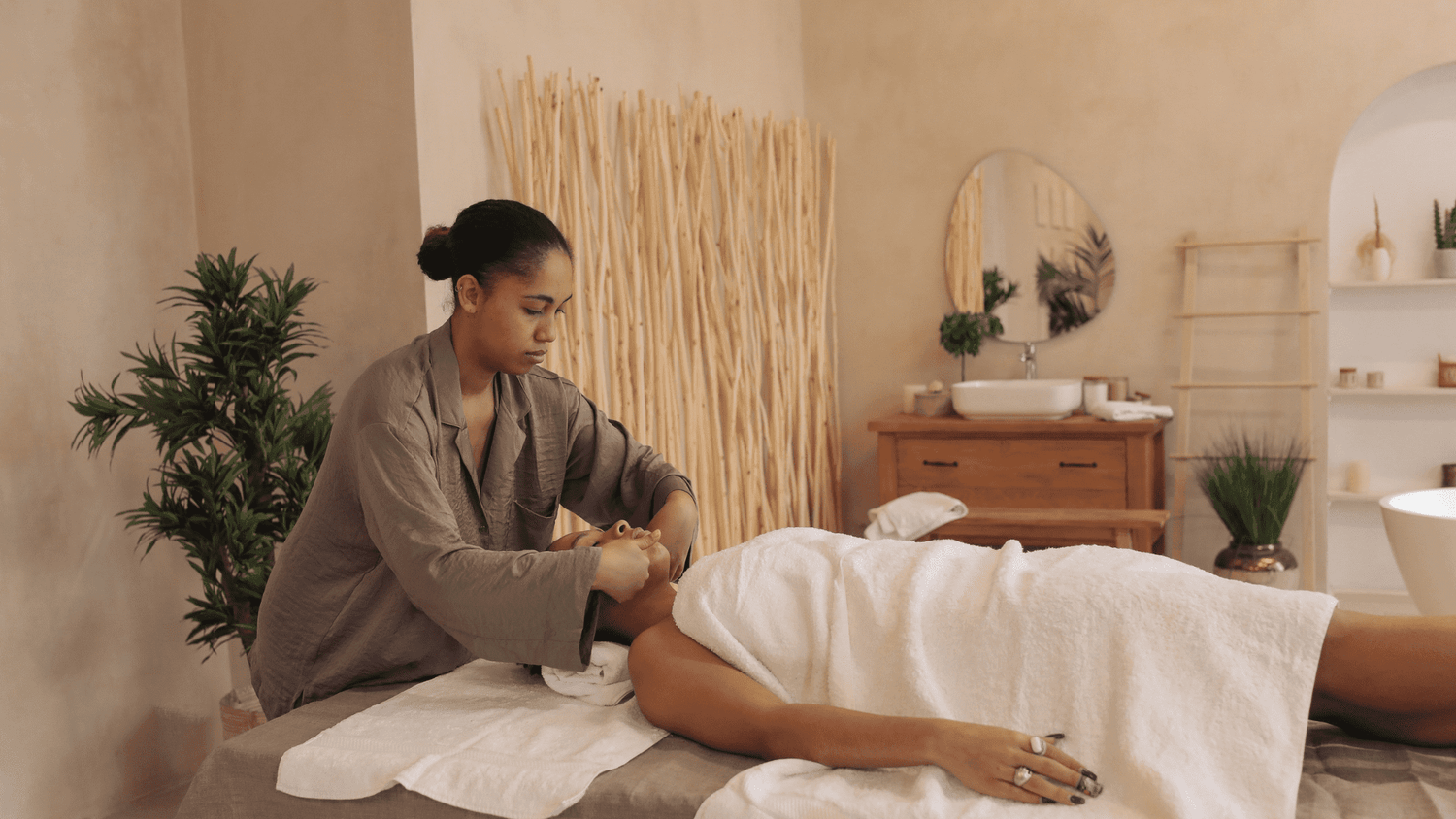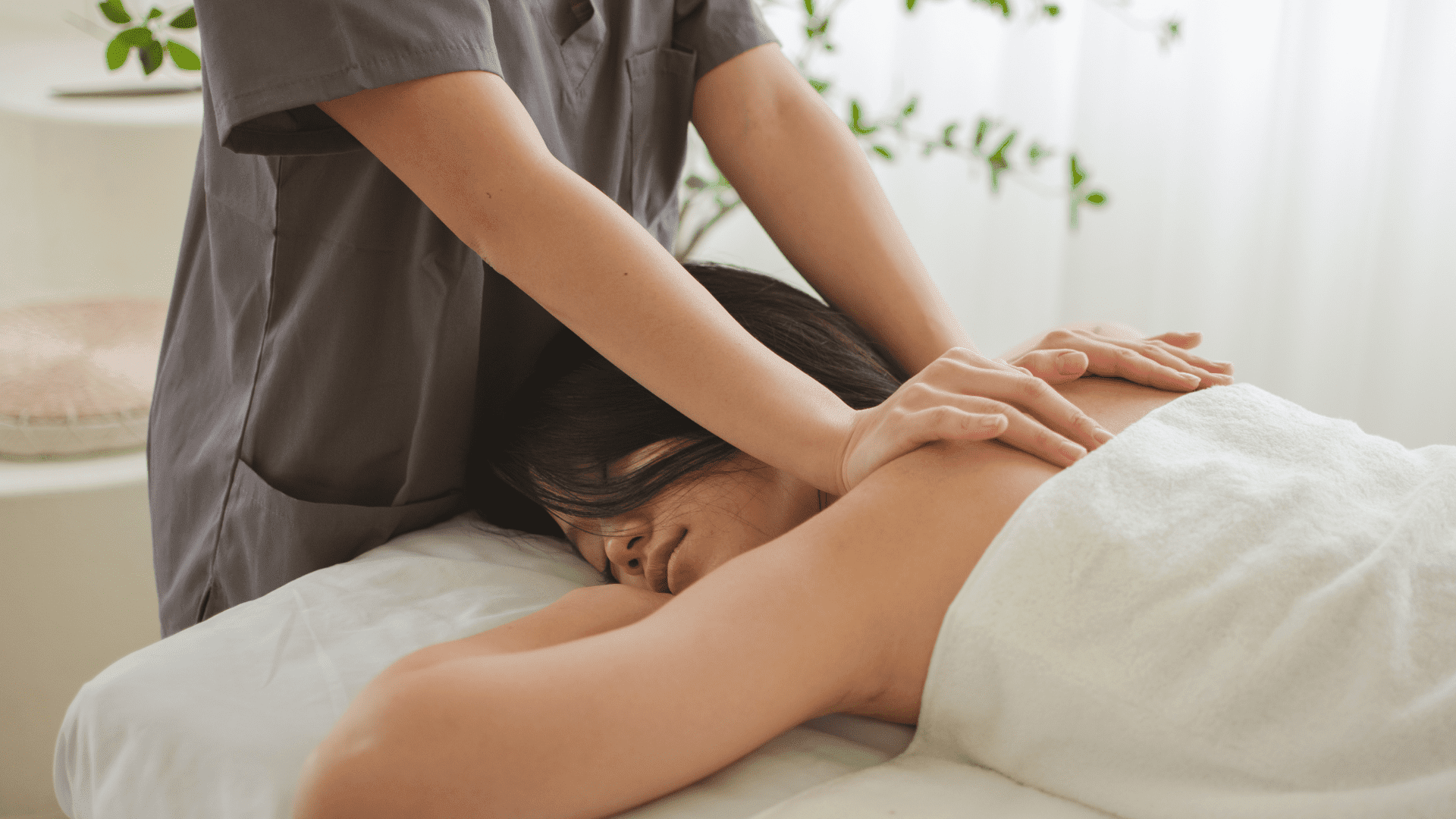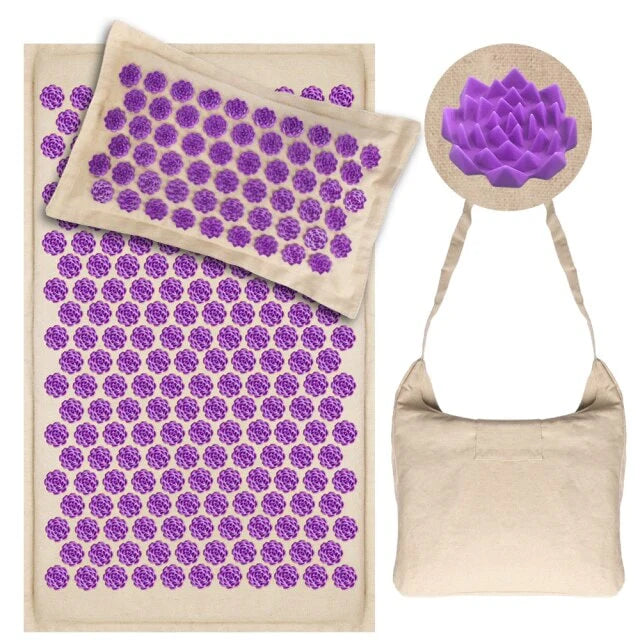What is Rolfing?
Rolfing® is a therapy created by Ida Rolf, which she originally called Structural Integration. It is an in-depth bodywork technique that can be likened to a dynamic massage. Its aim is to remodel the body by returning it to its central axis. It works by re-educating posture and movement.
Based in particular on the theory and practice of yoga and osteopathy, this approach stipulates, like osteopathy, that "structure governs function". Thus, the health of various bodily functions is largely dependent on the health of the musculoskeletal structure. Rolfing is unique in that it focuses on the connective tissue network.
Depending on their location, these are called fascias (the flexible, resistant film that sheathes muscles and organs), tendons (the fibrous end of the muscle that attaches it to the bone) or ligaments (the flexible tissue of the joints).
You could say that it's thanks to them that the body "holds together". Connective tissues are malleable and made up, in particular, of collagen.
Relieving pain and educating the body
Rolfing is for people who want relief from musculoskeletal pain, or who want to improve their bodily ease, for personal or professional reasons. But all realignment work must be accompanied by new habits of posture and movement.
In addition to the work carried out by the therapist, this may require the practice of certain exercises or, at the very least, a change in postural habits. Otherwise, there's a risk that the connective tissue will return to its "bad folds" sooner or later.
It's the practitioner's job to raise awareness of bad habits and suggest new behaviours. If followed conscientiously, a Rolfing treatment becomes a physical re-education.
Practitioners who have completed advanced training in Rolfing Movement Work or Movement Integration can also lead educational sessions. These sessions, structured as a progressive program of around ten encounters, aim to explore body mechanisms (breathing, walking, sitting posture, etc.) and learn more effective gestures.
Releasing blockages
When the Rolfing practitioner (also called Rolfing instructor or rolfeur) restores balance to the body's structure with his or her manipulations, this is said to have a positive influence on health in general, and psychological well-being too. Indeed, it is said to bring about a profound inner change by allowing old blockages to be released.
The word "blockage" is used here in a holistic perspective, where physiological tensions have their psychological counterparts (see Bioenergetics and Postural Integration). The benefits most often mentioned are smoother, easier movements, a feeling of being lighter, a more relaxed body, greater energy reserves and greater dynamism.
Only a structure in which the elements are in their proper place can play their role effectively, say practitioners.
Even if connective tissue is in a constant state of reorganization, the body is "conservative", as Mrs. Rolf used to say. It retains in printed form the traumas of its early history, injuries, tensions, illnesses, as well as persistent attitudes, such as holding one's head down out of shyness.
Not to mention the inescapable gravitational force that causes everything to sag, sooner or later. Tissues contract, shrivel and harden. They can also lose their viscosity and adhere to each other, hindering muscle mobility and reducing overall motility.
Palpate, press and manipulate systematically
To restore the body's alignment and suppleness, rolfers manipulate according to a precise program: a complete treatment usually takes 10 weeks (1 time per week), during which the work follows a defined progression. Thereafter, after a period of integration as the body continues to readjust, more advanced sessions may be required.
This work is accomplished through a variety of palpations, slow pressures and more or less vigorous manipulations, which can sometimes be uncomfortable, especially when tissues are sclerotic, but which are not meant to hurt.
It involves pinching, smoothing, massaging, kneading and squeezing, with fingers and palms as well as fists and elbows, particularly to stretch and soften connective tissue. The whole body is involved: from the top of the head to the soles of the feet, via the gums, armpits and pelvic floor.
The practitioner indirectly gives new "information" to the body, leading it to modify certain attitudes. A person who always wears out the outside of their insoles, for example, might be surprised at how "normal" their gait feels after Rolfing sessions.
As many muscles are involved (and under tension) in unbalanced postures, muscular reorganization can be felt in places far removed from the original problem.
Therapeutic applications of Rolfing
According to Rolfing theory, many problems and discomforts can be traced back to poor posture and movement habits. These often persist due to restrictions in connective tissue. When this is the case, the problems can hardly be resolved other than by dissolving these restrictions.
The Clinician's Complete Reference to Complementary & Alternative Medicine a compendium of information written for doctors, suggests Rolfing, in conjunction with medical treatment where appropriate, for the following conditions:
- Back pain.
- Carpal tunnel syndrome.
- Spinal alignment problems (kyphosis, lordosis and scoliosis).
- Joint restrictions.
- Lack of coordination.
- Musculoskeletal pain during and after pregnancy.
- Repetitive strain injuries (WMSD).
- Accident or surgery (rehabilitation).
- Sciatica and stress-related strains.
However, few well-controlled studies have confirmed Rolfing's effectiveness in treating specific conditions.
Research
Uncertain efficacy pain reduction. No clinical trials have been published specifically testing the efficacy of Rolfing in reducing pain.
However, preliminary studies indicate that some of the mobilization procedures used by Rolfing practitioners stimulate the activity of the parasympathetic system.
This could explain the observed success in relieving pain associated with musculoskeletal or neurological disorders.
Uncertain efficacy Relieving certain neurological problems. Ida Rolf has conducted several research projects with children suffering from poor neuromuscular coordination.
According to Ms. Rolf's reports, these treatments improved muscle tone, body alignment and speech in these children. Furthermore, the results of an uncontrolled study 4 of 10 children with cerebral palsy revealed that Rolfing could help mildly affected children to improve the speed and cadence of their gait.
On the other hand, moderately-affected children benefited little from the treatment, while severely-affected children did not. These preliminary results need to be validated by further studies.
Effectiveness uncertain contribute to reducing anxiety. Rolfing could help to provide a sense of well-being by reducing anxiety levels in various clienteles.
A single, small-scale clinical trial5 (48 subjects) has tested the effectiveness of this technique. Results showed that Rolfing treatments lasting 1 h, administered twice a week for 5 weeks, induced a reduction in state anxiety in subjects, compared with those in the control group who were subjected to a series of exercises and movements.
Further studies are needed to determine the effectiveness of this approach. However, as a non-pharmacological approach, Rolfing could be an intervention to consider for subjects unable or unwilling to take medication to alleviate their anxiety symptoms.
A word of warning
Rolfing involves in-depth bodywork. As with any vigorous massage, great care must be taken if you suffer from osteoporosis, musculoskeletal problems, circulatory disorders or skin diseases, as well as for pregnant women.
Rolfing in practice
A session lasts 60 to 80 minutes. The subject lies on a massage table or padded mat. The practitioner moves around them standing, sitting or crouching. Some of the touches may involve intimate parts of the body.
The Rolf Institute website provides contact details for certified practitioners worldwide. The list of Quebec practitioners can be found on the Rolfing Quebec website; that of Europe on the European Rolfing Association website.
Rolfing training
The training program to become a Rolfing practitioner is coordinated by the Rolf Institute of Structural Integration. Basic training lasts around 600 or 731 hours, depending on previous experience.
Divided into 3 units, it generally lasts from 12 to 18 months. The title of rolfeur or Rolfing practitioner cannot be used until certification has been obtained. After their basic training, practitioners are required to take certain continuing education courses.
In addition to the Rolfing Institute in Colorado, the method is also taught in Canada, Brazil, Australia, Japan and Europe.








